Imagine staring at a vibrant coral reef, colors swirling in the sunlit water, fish darting between intricate stone-like branches. Most of us see a breathtaking natural wonder. But what if I told you that beneath the surface, invisible to the naked eye, tiny bacteria are the true masterminds behind these underwater castles? These microscopic architects work tirelessly, hidden within the coral, shaping and sustaining entire ecosystems. Their story isn’t just surprising—it’s a thrilling testament to the complexity and resilience of life on Earth.
The Hidden World Within Coral Skeletons
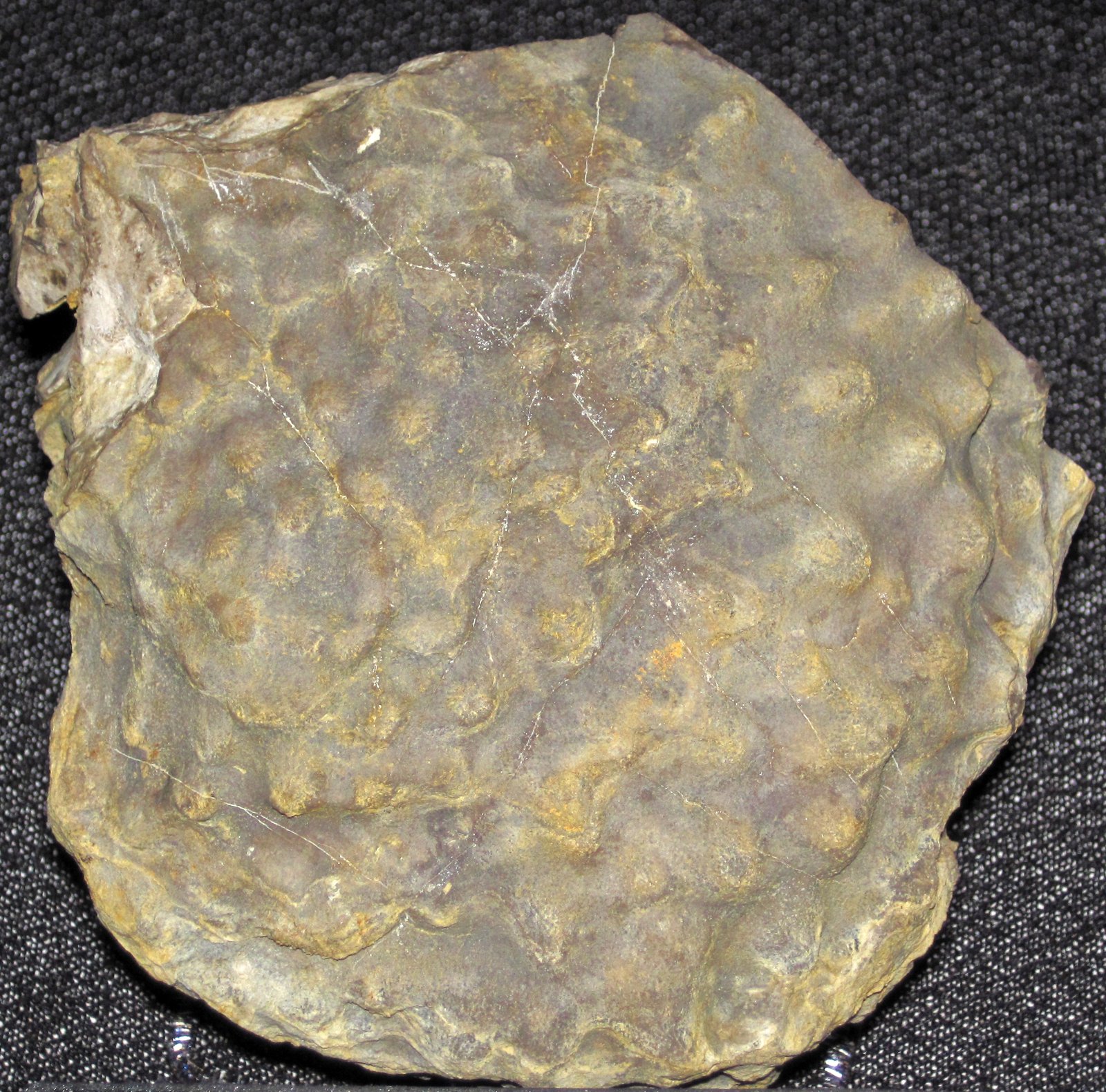
Coral reefs might look like simple rocks or plants, but they are actually teeming metropolises built by living creatures—corals and their microscopic partners. If you could shrink down to the size of a bacterium, you’d see that the coral skeleton is more like a bustling city, filled with winding tunnels and chambers. Here, bacteria thrive, sheltered from predators and the harsh world outside. These tiny residents are not just passive guests. They actively shape their environment, influencing how the coral grows and even how resilient it is to change. The inside of a coral skeleton is as alive and dynamic as a rainforest—it’s simply hidden from our view.
Bacterial Builders: The Unsung Heroes
When we think about coral construction, we often imagine the corals themselves, slowly secreting calcium carbonate to build their sturdy homes. But recent discoveries reveal that bacteria play a leading role in this process. Certain bacteria living inside corals can actually help precipitate minerals, acting a bit like masons on a construction site. They produce chemicals that encourage the formation of the coral’s hard skeleton, essentially building the very foundation of the reef. This partnership between coral and bacteria is so crucial that without these microbial helpers, much of the reef’s structure wouldn’t exist as we know it today.
Symbiotic Relationships: A Delicate Balance
Coral reefs are masterpieces of teamwork. Corals rely on a web of relationships with other organisms, and bacteria are at the heart of this network. Some bacteria provide essential nutrients, breaking down waste and transforming it into usable forms that feed the coral and its algae partners. Others help the coral fight off harmful microbes by producing natural antibiotics. This delicate balance is what keeps reefs healthy and vibrant. Just like a fragile mobile, if one piece is removed, the whole system can wobble or even collapse. The harmony between corals and their bacteria is a testament to the power of cooperation in nature.
How Bacteria Precipitate Minerals
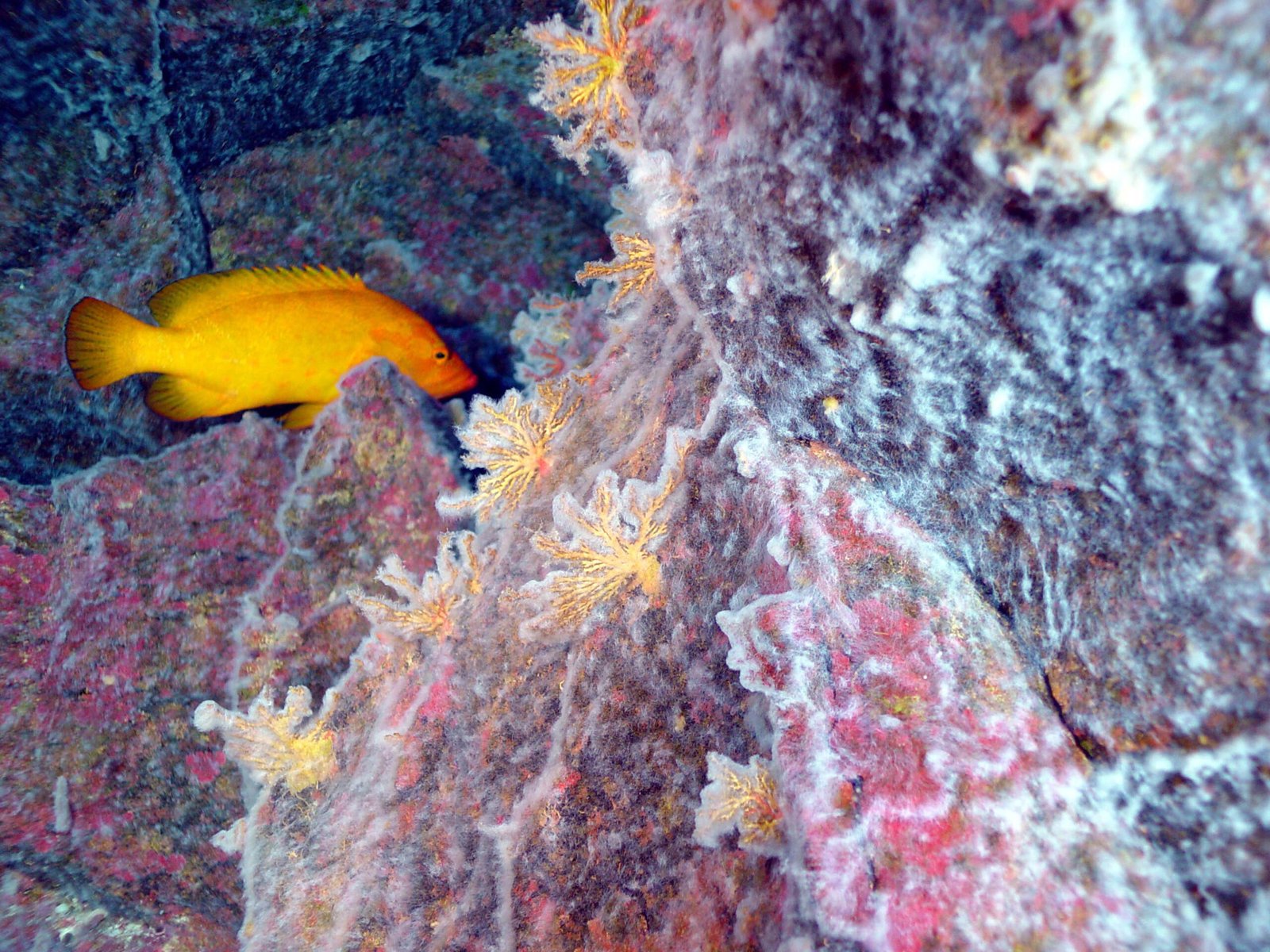
The process by which bacteria help corals build their skeletons is nothing short of extraordinary. These bacteria release substances that change the chemistry of the surrounding water, making it easier for calcium and carbonate ions to come together and form solid crystals. Over time, these tiny crystals accumulate, hardening into the limestone skeleton that gives reefs their shape. It’s as if the bacteria are laying down bricks and mortar, one microscopic piece at a time. This process is called “biomineralization,” and it’s a perfect example of how life can shape the very rocks and landscapes of our planet.
Defenders Against Disease
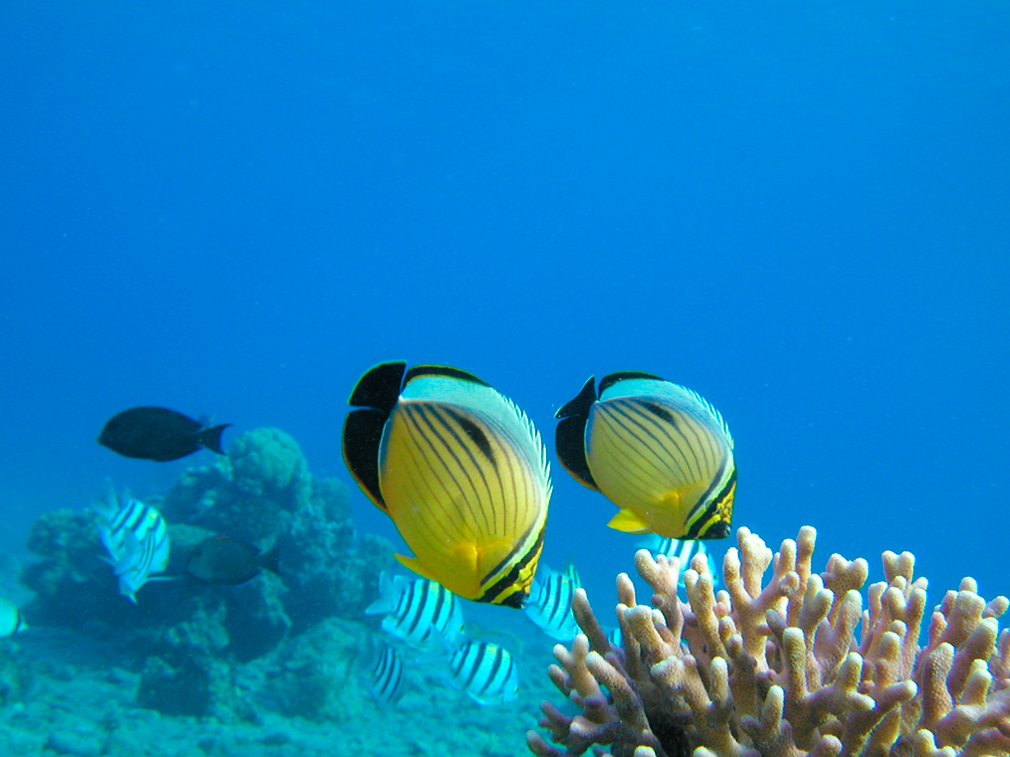
Coral reefs face a constant barrage of threats, from hungry predators to invading pathogens. Here again, bacteria step up as protectors. Many species of coral-associated bacteria produce powerful chemicals that deter harmful microbes, much like security guards patrolling a city. Some can even outcompete or neutralize disease-causing bacteria before they gain a foothold. This microbial defense system is essential for coral health, especially as warming oceans make reefs more vulnerable to outbreaks. Without their bacterial allies, corals would be far more susceptible to deadly infections and would struggle to survive.
Bacteria and Coral Bleaching
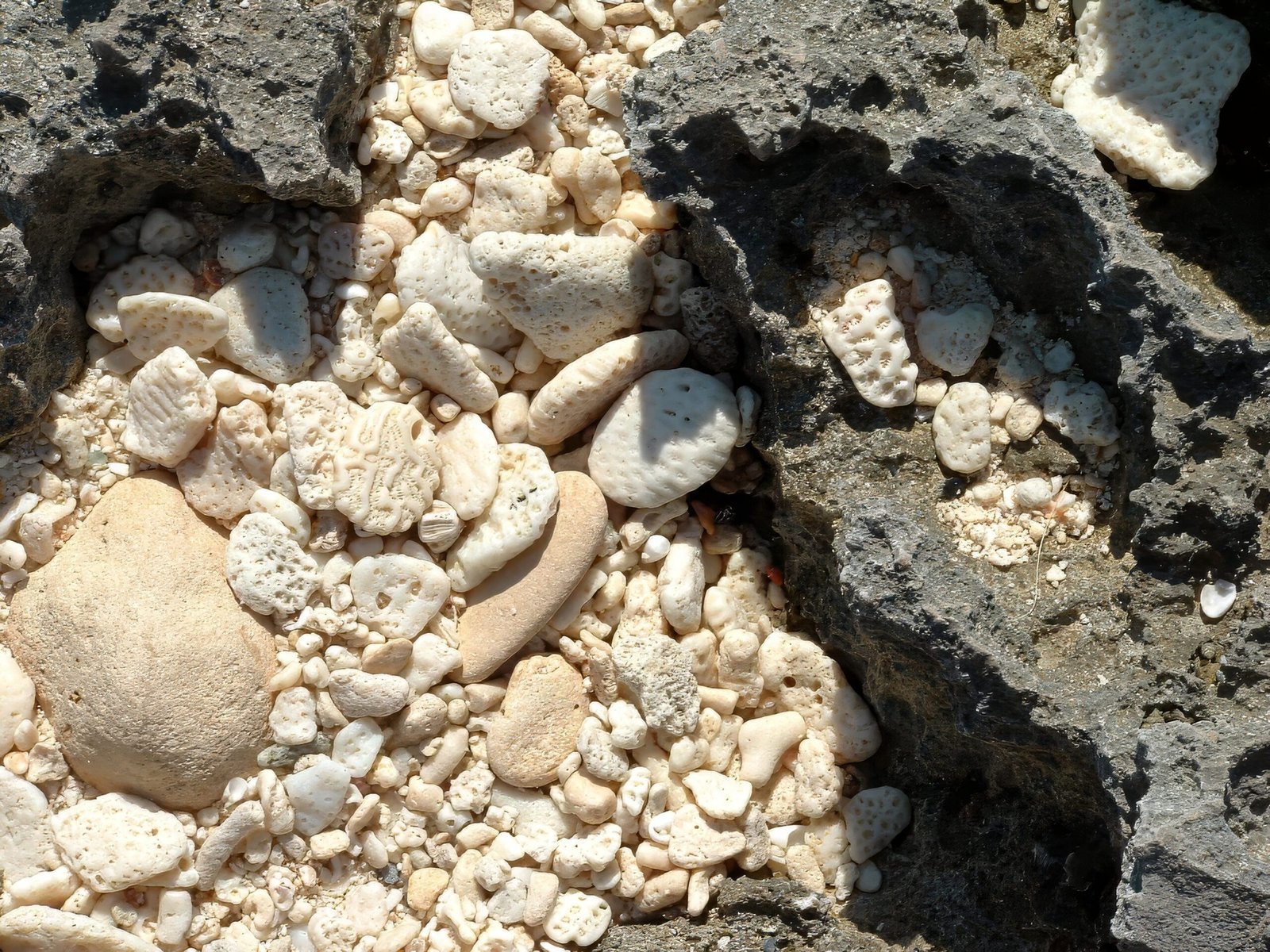
Coral bleaching is one of the most dramatic and heartbreaking events in the ocean. When corals become stressed—often due to rising temperatures—they expel the colorful algae that live inside them, turning ghostly white. However, bacteria are deeply involved in this process. Some bacteria can help corals cope with heat stress by producing protective compounds, while others may shift in composition and worsen bleaching. Scientists have discovered that reefs with diverse, healthy bacterial communities tend to recover better from bleaching events. This suggests that the microscopic residents inside corals could be key to helping reefs survive climate change.
Reef Nutrition: The Microbial Kitchen
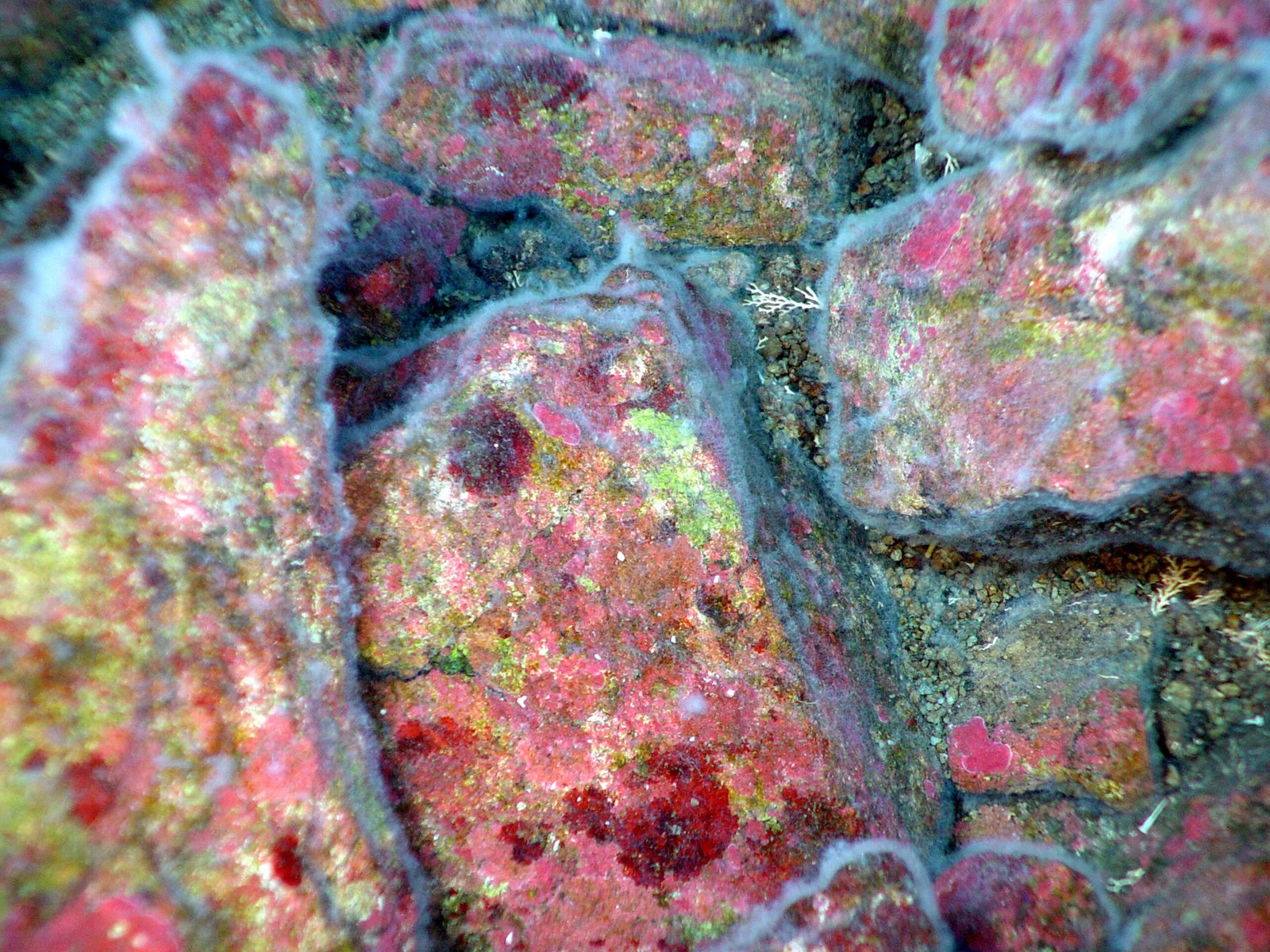
Bacteria inside corals are like chefs working in a hidden kitchen. They break down organic material and recycle nutrients, making sure that every bit of food and energy is used efficiently. This is especially important in the nutrient-poor waters where many reefs grow. Without these bacterial chefs, corals would struggle to get the nutrients they need, and the entire food web could collapse. In a sense, bacteria turn the coral skeleton into a self-sustaining pantry, constantly supplying the ingredients needed for growth and survival.
Microbial Communication: The Language of Molecules
The bacteria living inside corals don’t just work silently—they communicate constantly, using chemical signals to coordinate their activities. Scientists call this “quorum sensing,” a kind of molecular conversation that lets bacteria know when to grow, when to defend, and when to help build the skeleton. These signals can even influence the coral itself, affecting how it grows and responds to stress. It’s like a symphony where every player listens and responds to the others, creating harmony and resilience in the face of a changing world.
Shapeshifters: How Bacteria Adapt to Change
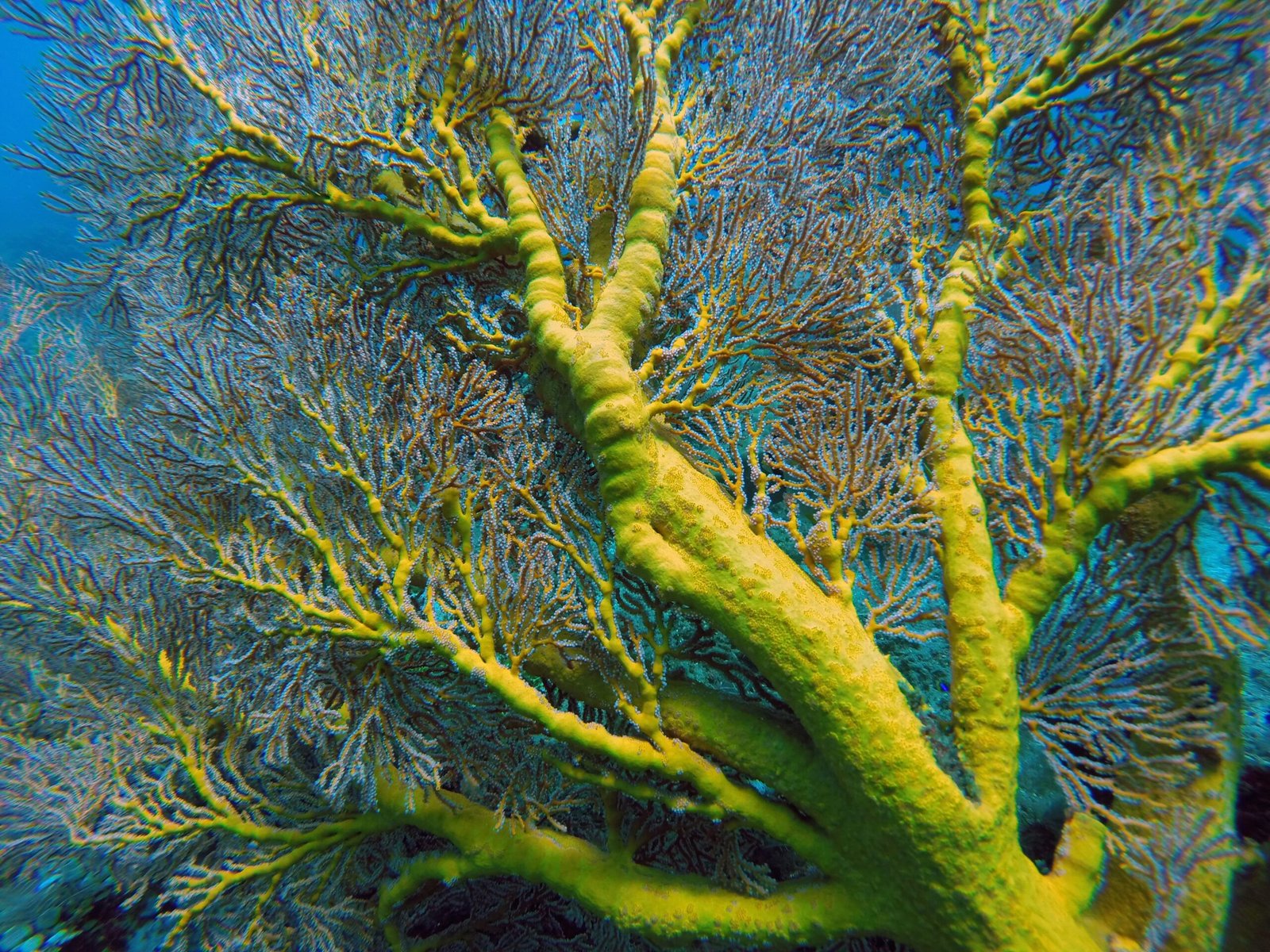
One of the most remarkable things about coral-associated bacteria is their ability to adapt. When the environment shifts—whether from pollution, warming water, or disease—these bacteria can change their behavior, or even swap places with new species better suited to the new conditions. This flexibility is a superpower, helping reefs bounce back from disasters that would otherwise spell doom. By studying how these bacteria adapt, researchers hope to unlock secrets that could help restore damaged reefs worldwide.
Coral Larvae: Bacteria from the Start
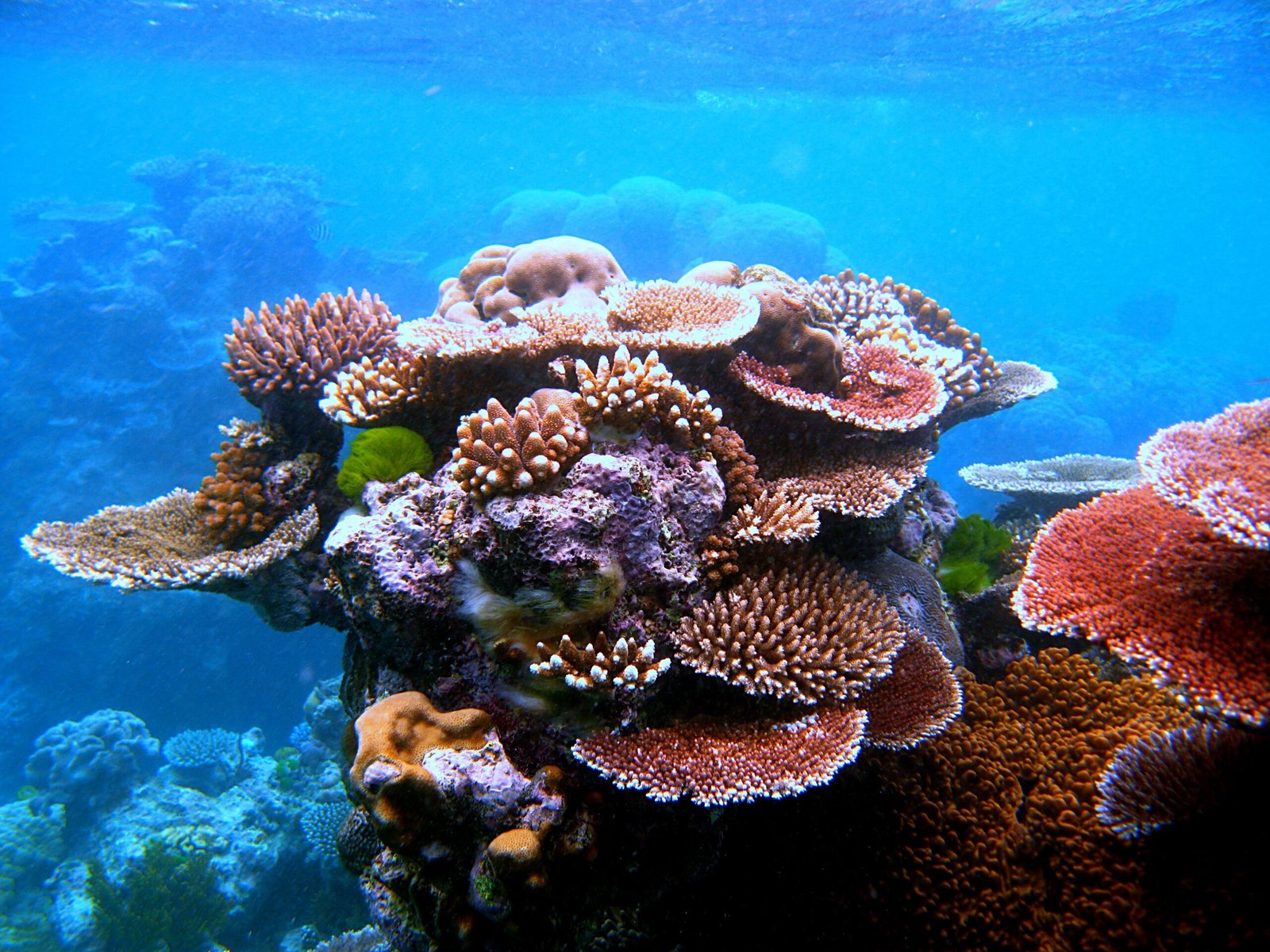
The relationship between corals and bacteria doesn’t begin in adulthood. Even as tiny, drifting larvae, corals are already teaming up with microbes. These baby corals pick up bacteria from the water around them, setting the stage for a lifelong partnership. The right mix of bacteria can mean the difference between a coral that thrives and one that struggles to survive. This early alliance is crucial for the growth and success of new reefs, showing just how fundamental bacteria are from the very beginning.
Microbial Diversity: The Key to Reef Resilience
Just as a diverse city is stronger and more creative, a diverse bacterial community makes a reef more resilient. Different bacteria bring different talents—some help with mineralization, others with defense or nutrition. When a reef has a wide variety of bacteria, it can better withstand shocks like disease, heat, or pollution. Scientists are now working to catalog these microbial communities, hoping to understand which combinations offer the greatest protection and support for coral health.
The Black Box: Bacteria Deep Inside Corals
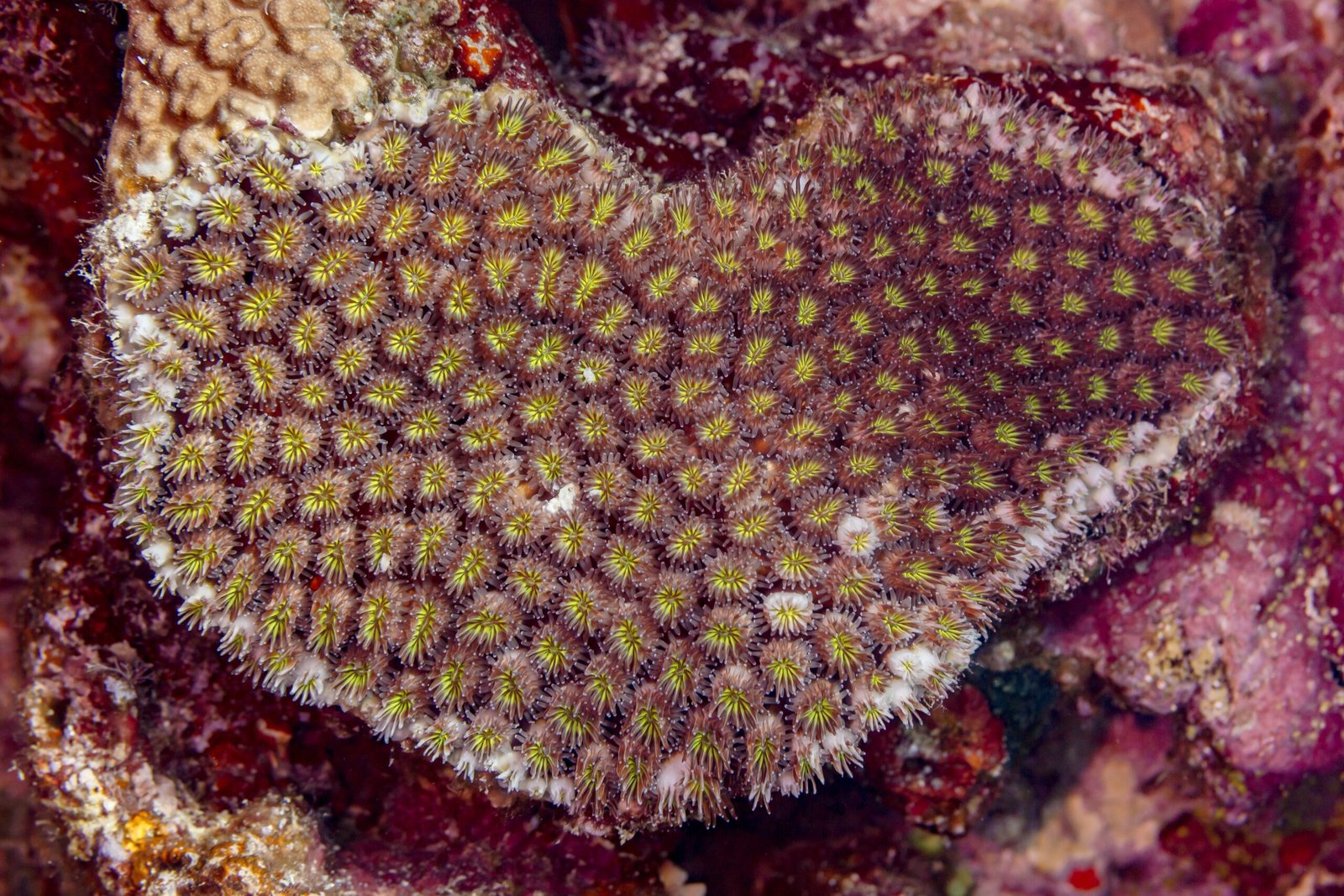
Deep within the coral skeleton lies a mysterious zone that scientists are only beginning to explore. Here, bacteria live in complete darkness, cut off from the outside world. These hidden populations may play unique roles in mineral cycling and coral defense, acting as a kind of microbial “black box” that stores the secrets of reef survival. Unlocking the mysteries of this inner world could reveal new ways to protect reefs in the face of global threats.
Coral Mucus: The Microbial Marketplace
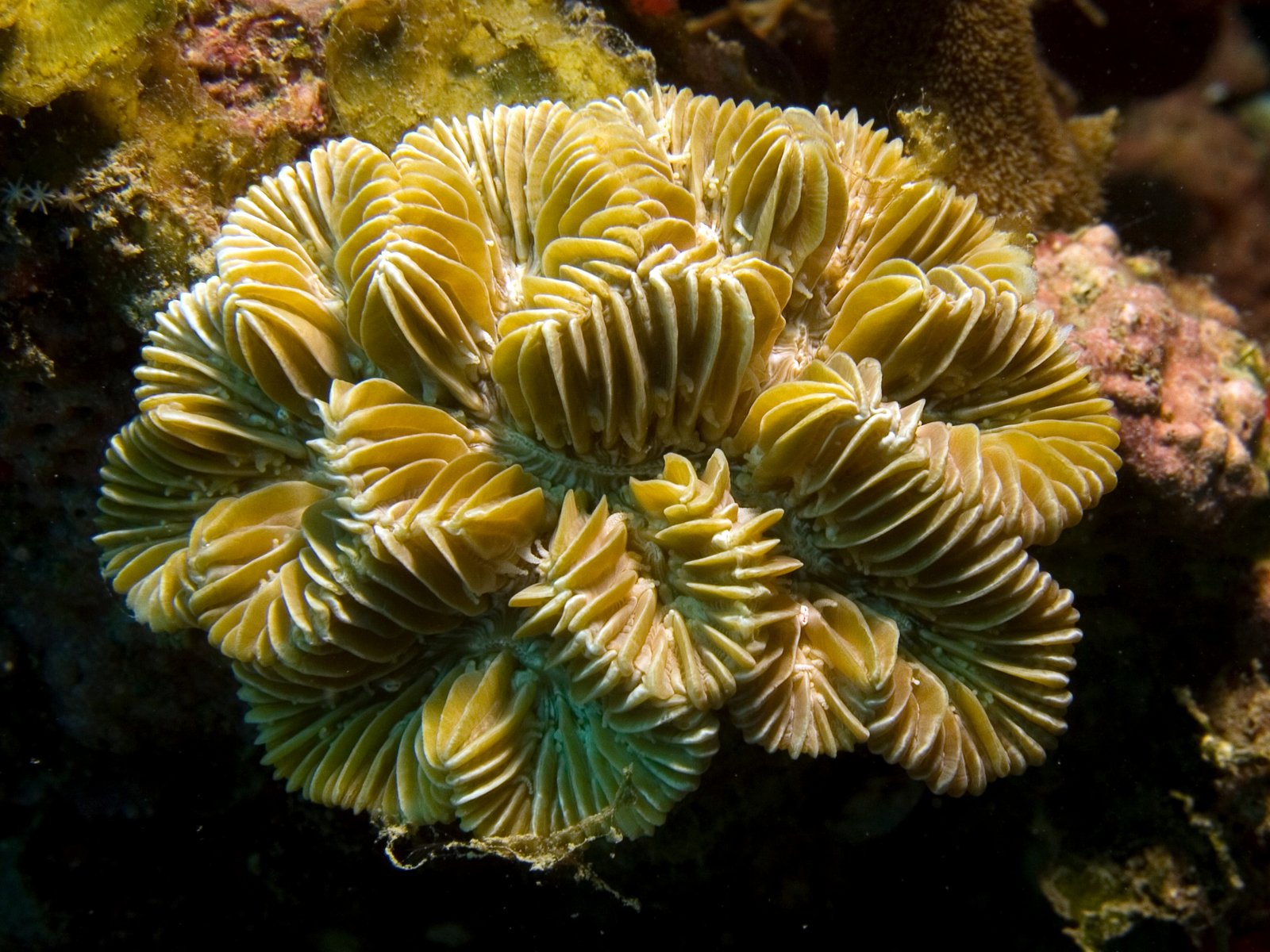
The slimy mucus that coats corals isn’t just a shield—it’s a bustling marketplace for bacteria. In this sticky layer, microbes trade nutrients, compete for space, and form complex communities. The mucus helps trap food particles and ward off invaders, while the bacteria inside it break down waste and fend off disease. This dynamic environment is a crucial meeting point where corals and bacteria interact every day, maintaining the health of the entire reef ecosystem.
Bacteria in Bioerosion: The Double-Edged Sword
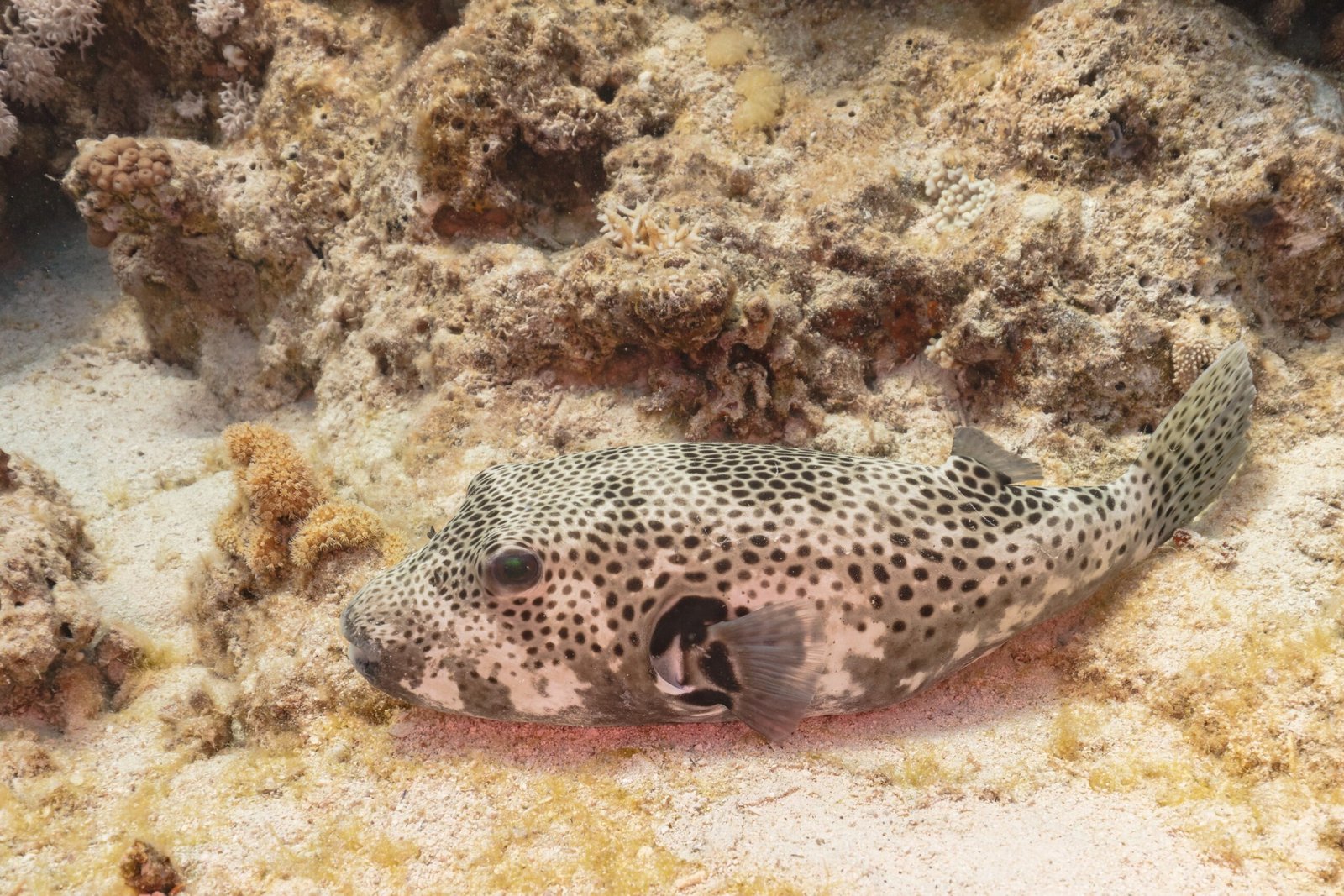
Not all bacteria are helpful to corals. Some species actually break down coral skeletons, a process called bioerosion. This can weaken reefs, especially when conditions become unbalanced. However, bioerosion also plays a natural role in recycling old skeletons and making room for new growth. It’s a double-edged sword, highlighting the complex and sometimes contradictory roles that bacteria play in shaping the reef landscape.
Human Impact: Pollution and Microbial Shifts
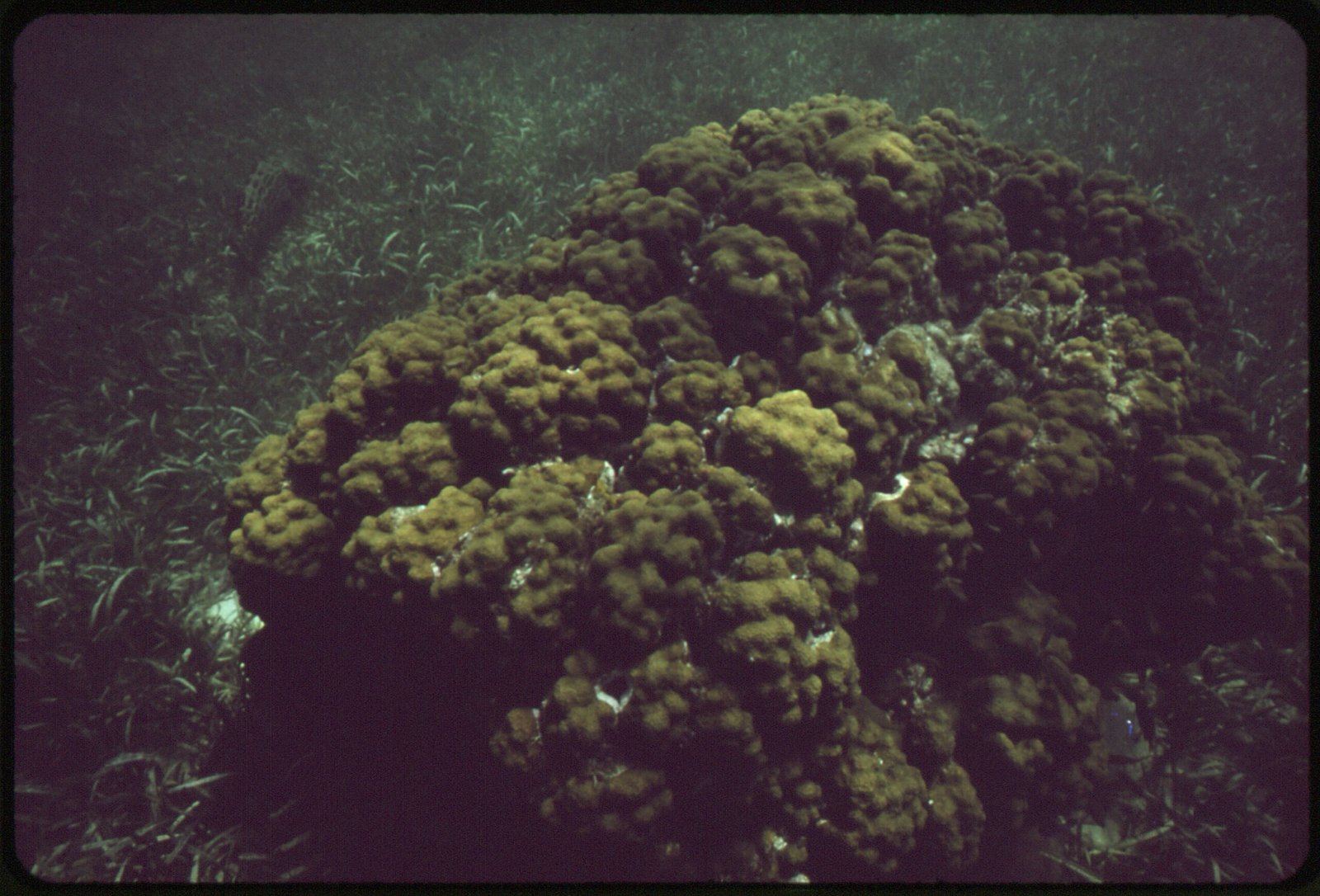
Human activity is changing the ocean in ways that directly affect coral-associated bacteria. Pollution, agricultural runoff, and sewage can all alter the delicate balance of microbial communities, sometimes causing harmful bacteria to take over. These shifts can make corals more vulnerable to disease and slow their growth. Understanding how human actions impact the invisible world inside corals is essential for developing strategies to protect and restore reefs.
Biotechnology and the Promise of Probiotics
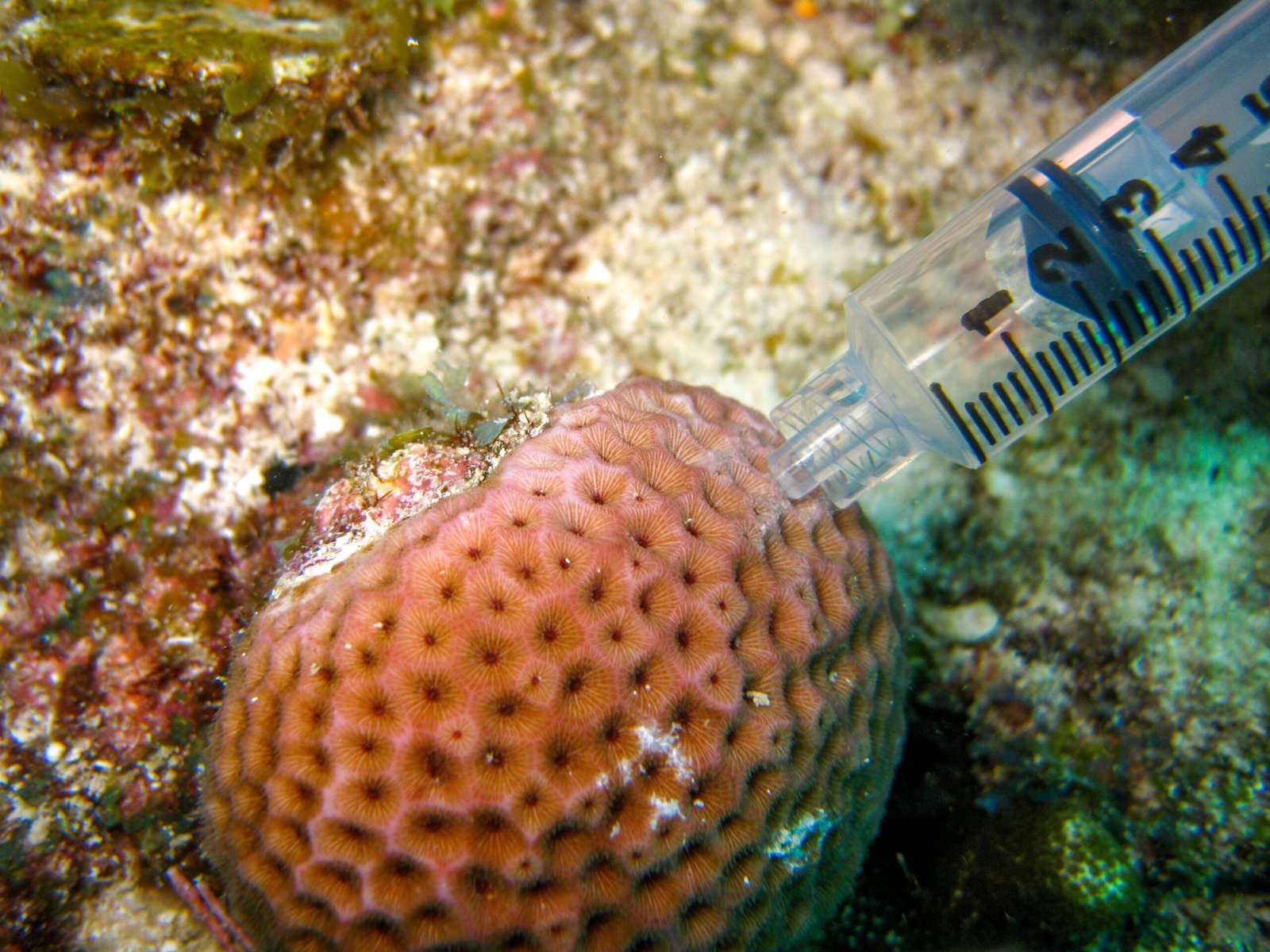
Inspired by the vital role of bacteria in coral health, scientists are exploring the use of probiotics—beneficial microbes that can be introduced to stressed or damaged reefs. Early experiments suggest these “coral probiotics” can boost resilience, helping corals fend off disease and recover from bleaching. It’s a groundbreaking approach that borrows from medicine and agriculture, offering new hope for reefs struggling in a rapidly changing world.
The Global Significance of Microbial Architects
Coral reefs support more than a quarter of all marine life and millions of people worldwide. The bacteria inside corals are key players in this global network, supporting fisheries, protecting coastlines, and even inspiring new medicines. Their work ripples out across the planet, touching everything from economies to weather patterns. By appreciating the importance of these tiny architects, we gain a deeper understanding of the interconnectedness of life on Earth.
Future Frontiers: Exploring the Microbial Unknown
Despite all we’ve learned, the world of coral-associated bacteria remains largely mysterious. New technologies are allowing scientists to peer deeper into the skeleton and unravel the complex webs of interaction between bacteria, corals, and their environment. Each discovery brings new surprises and challenges old assumptions. The more we learn, the more we realize how much there is left to explore, and how crucial these discoveries are for the future of coral reefs.
Personal Connection: Why It Matters
As someone who has spent hours snorkeling above coral reefs, watching fish weave through the branches and sunlight flicker over the sand, I’m constantly amazed by the hidden world beneath my feet. The idea that bacteria—so small we can’t see them—are the engineers behind these spectacular ecosystems fills me with awe. It’s a reminder that even the tiniest creatures can shape our world in ways we’re only beginning to understand. Next time you marvel at a coral reef, remember the invisible architects working their magic below the surface.
The Call to Action: Protecting the Microscopic Architects
The fate of coral reefs hangs in the balance. Climate change, pollution, and overfishing threaten not just the corals but the bacteria that support them. Protecting these tiny architects means protecting the foundation of entire ecosystems. Simple choices—reducing plastic use, supporting sustainable seafood, and advocating for stronger environmental protections—can make a difference. The next chapter of the coral reef story depends on all of us. Will we step up to ensure these microscopic builders can continue their vital work?




